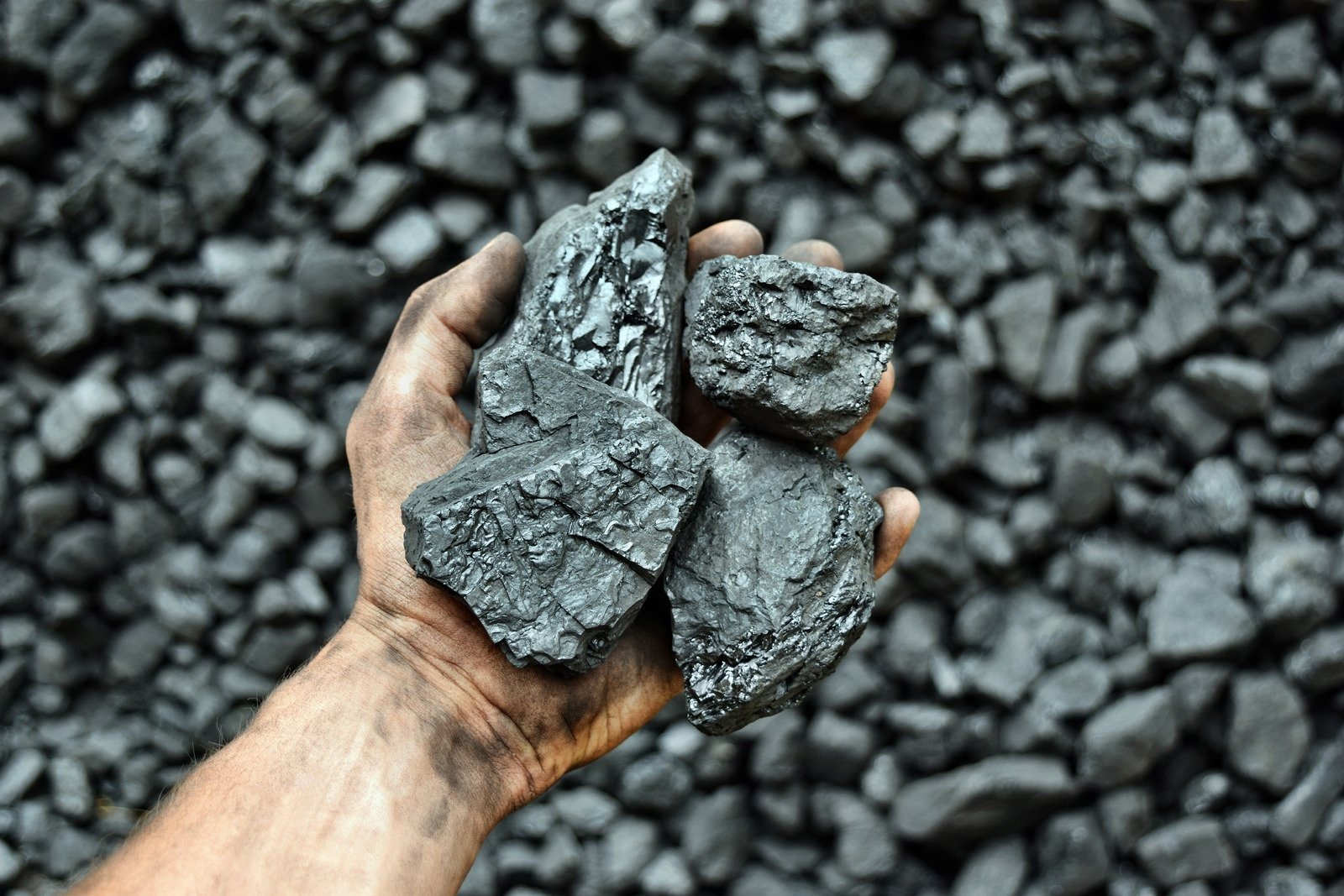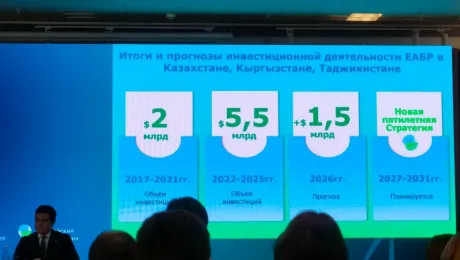Coal will remain Kazakhstan's main energy source in the coming years - CCX report, DKNews.kz reports.
While the world shifts toward greener energy, Kazakhstan is holding steady with its most reliable power source - coal. A new analytical report from the Caspy Commodity Exchange (CCX) confirms that coal will continue to dominate the country's energy mix in the short and medium term.
The report dives deep into global market trends, local specifics of the coal sector, and trading data on utility and household coal - a socially significant commodity that plays a key role in Kazakhstan’s energy and heating systems.
Global production hits record - but Kazakhstan stands firm
According to the International Energy Agency (IEA), global coal production hit an all-time high of 9.15 billion tons in 2024. After price spikes in 2022, the market has calmed. The World Bank forecasts a 27% price drop in 2025 to $100 per ton, followed by a further 5% dip in 2026.
Despite global fluctuations, Kazakhstan remains among the top 10 countries with the largest proven coal reserves - between 25 and 33 billion tons. That’s enough to last 200 to 300 years at current production rates.
Coal keeps the country warm - and powered
Coal is still the beating heart of Kazakhstan’s energy system. It accounts for around 50% of primary energy consumption and a massive 80% of thermal energy production.
The industry contributes 0.7% to 1.1% of the nation’s GDP and supports around 33,000 jobs. While this might seem small at the national level, the sector is vital to coal-heavy regions like Karaganda and Pavlodar.
One of the key advantages - low-cost energy from coal, which remains a major competitive edge for the Kazakh economy.
Prices climb - and the state steps in
In 2024, coal prices rose steadily. By September, the average price for hard coal used in power generation hit 17,676 KZT per ton - up 9.8% year-on-year. For regional consumers, prices varied widely - between 8,000 KZT and 26,000 KZT per ton.
With rising prices, utility and household coal has come under closer state oversight due to its social importance. That’s where the CCX exchange platform comes into play.
Strong trading activity on the Caspy Commodity Exchange
The first half of 2025 saw robust interest in coal trading on the CCX:
- Maximum demand reached 1,095,280 tons
- Total supply exceeded 543,000 tons
- Concluded transactions topped 290,000 tons
On average, the market saw:
- 652,000+ tons in demand
- 252,000 tons in supply
- 140,000+ tons in actual deals
January and April stood out as peak months - driven by the arrival of large suppliers.
Exchange trading helps shape transparent price benchmarks and ensures stable coal deliveries to regions in need.
Why exchange trading matters
“Utility coal trading on the exchange plays a critical role in creating a transparent pricing system, stabilizing supplies, and cutting out unnecessary middlemen,” said Murat Kadissov, President of Caspy Commodity Exchange JSC. “Our analysis shows that such mechanisms lead to fairer pricing through quality control and less market manipulation. Going forward, their role in market regulation will only grow.”
Coal still matters - and that won't change soon
In a world leaning green, Kazakhstan isn’t rushing to abandon coal. The country’s vast reserves, established infrastructure, and economic logic mean that coal will continue to power cities, industries, and households for years to come.
While renewables gain ground, coal remains Kazakhstan’s most affordable, reliable, and dominant source of energy - and for now, it’s here to stay.








